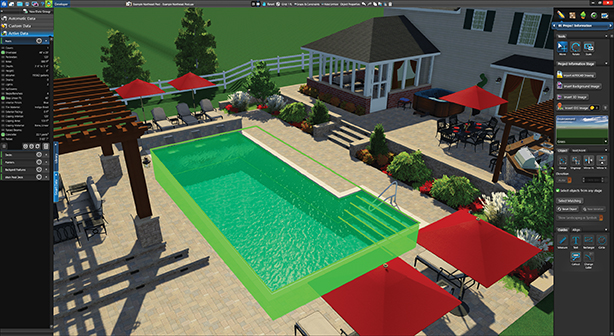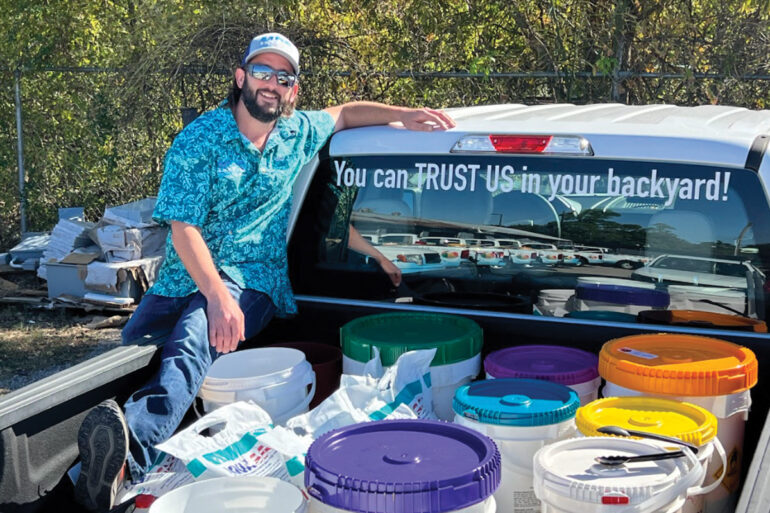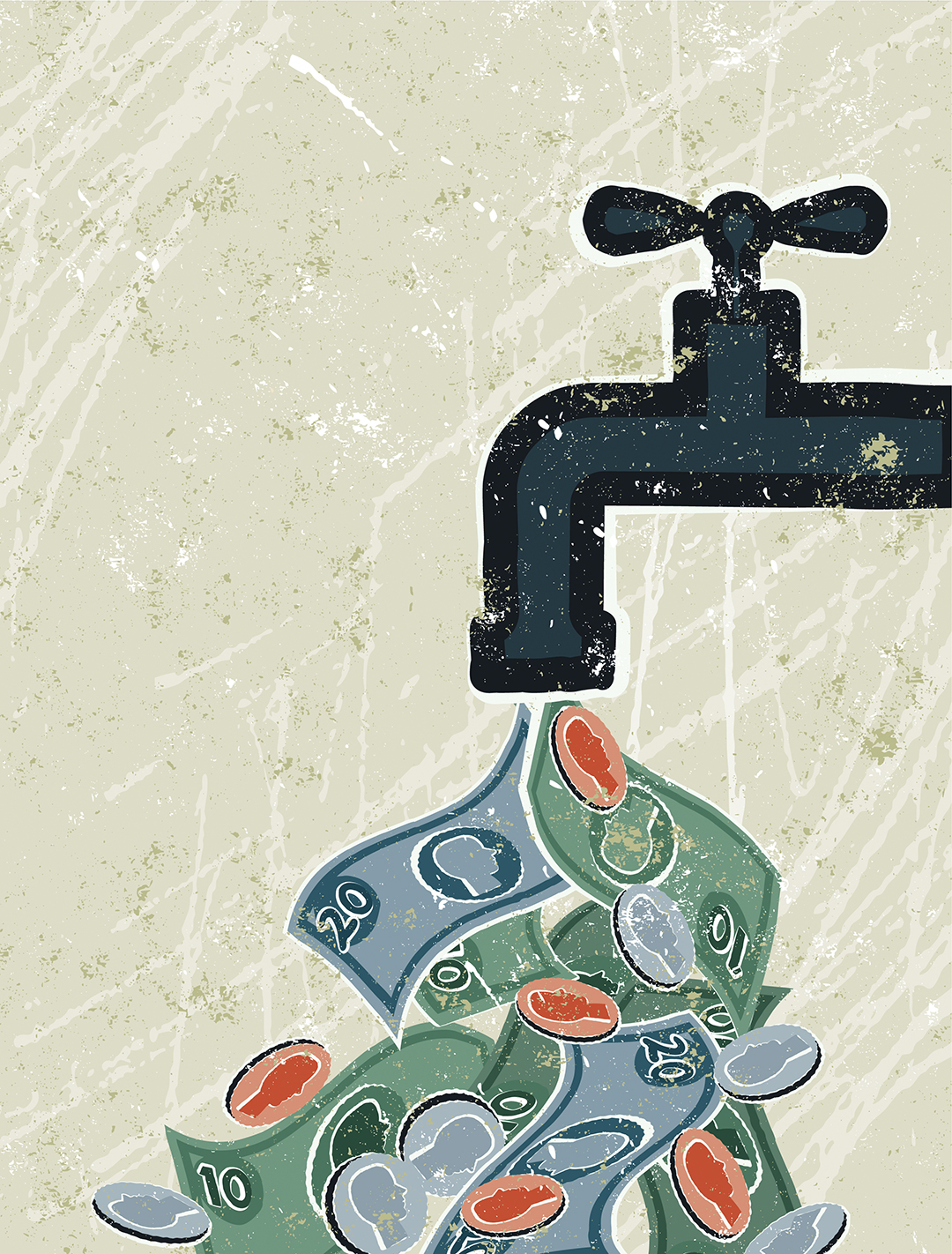The Business of Sand Filtration
Because of affordability and effectiveness, sand filters are among the more popular pool filtration options for consumers, removing dirt as small as 20-40 microns. As a pool professional, there are a few tricks to cleaning sand filters properly, and some choices when it comes to the quality of sand used.
Heschmeyer Pools in Leawood, Kansas, which provides service for commercial, institutional and residential pools, recommends sand filters to its customer the majority of the time. “We feel they are more customer friendly because they are easier to backwash,” says Ivan Franco, lead technician. In the Midwest, the swimming season only lasts four to five months and it’s accompanied by a lot of rain, wind and heat. Heschmeyer Pools encourages its customers to run their filtration system 24/7 to prevent algae from blooming, which can occur overnight.
“We backwash our residential accounts once a week and commercial accounts usually twice per week,” Franco says. “When backwashing alone doesn’t do the trick, we will use GLB Filter Cleanse to get a better cleaning of the sand bed.”
Idaho Aquatic Services in Meridian, Idaho, generally recommends sand filters too, especially for commercial use. “Cartridge has no place in commercial pools due to the maintenance requirements,” says Scott Heusser, managing member. “Any monetary savings is lost to labor in cleaning cartridges.” He also uses GLB Filter Cleanse as needed on sand filters to keep them in top condition.
Alternatively, We’re Your Pool Service Co. in Waldwick, New Jersey, generally does not recommend sand filters because of high water usage during the backwash process. “We find the time it takes to clear a pool with cloudiness or algae problems is excessive,” says president Marc Brown. “The customers I have with sand filters that are not working well, I convert to zeolite sand. This helps reduce the backwash time as well as clear it up sooner.”
Heusser also recommends zeolite sand. “Zeolite performs so much better that it makes no sense to go another direction, not only from a perspective of how fine a grade it filters to, but also the dirt load it will absorb and its ability to address ammonia in the pool water,” he says. After z-sand, he recommends glass media and then silica sand, depending on the client’s budget. “Glass is a great alternative to silica sand because it seems to last longer and, from a tech’s standpoint, it is lighter and less dusty.”
When it comes time to clean the sand filter, Franco’s team usually removes the sand and rinses out the filter tank. “However, if there is a history of mustard algae or black algae, we will do a more thorough cleaning with a mild acid solution, followed by rinsing, then some chlorine shock or bleach,” he explains.
When Franco has a pool that won’t clear up, he adds a scoop of diatomaceous earth (DE) through the skimmer at about 20 ounces for a 30-inch filter, and then does a backwash the next day (and repeats an additional day if necessary).
The Idaho Aquatic Services team does much the same. “I suppose if the interior was extremely grimy, I would clean it, but I have yet to run across this,” Heusser says. Brown’s team empties the sand filter completely and changes the laterals because he says they are inexpensive and it’s quick to do with the tank already open. “To remove the sand, we find it’s just as easy to use a commercial shop vacuum instead of other products or venturi-type suction devices,” Brown says.
So what do these pool pros recommend you do with the sand you remove from the filter? Heusser prefers to leave it on-site with the owner. “In a lot of the area I service, the ground is heavy with clay, so a client could use the sand to improve the soil,” he says. “Otherwise, I have a spot at my shop that I dump it off as part of a dirt drive.”
Sometimes, Heschmeyer Pools hauls the sand away for an additional charge, but generally, it disposes of it onsite. “We scatter it out in low areas, up against the house or around the flower beds,” Franco says. “We rake it out so there are no heavy piles and eventually it works its way into the soil.”
Franco re-emphasizes the importance of having his customers run their sand filter 24/7 during active pool season. “The pool is the centerpiece of their backyard and they are only able to use it for a few months each year,” he says. “Don’t let your pool be the focal point of your electrical savings at the expense of not having a clean pool. Plus, any money they save on electricity by not running their system will be eaten up by additional costs for algaecides and potential service calls to clear the pool.”






